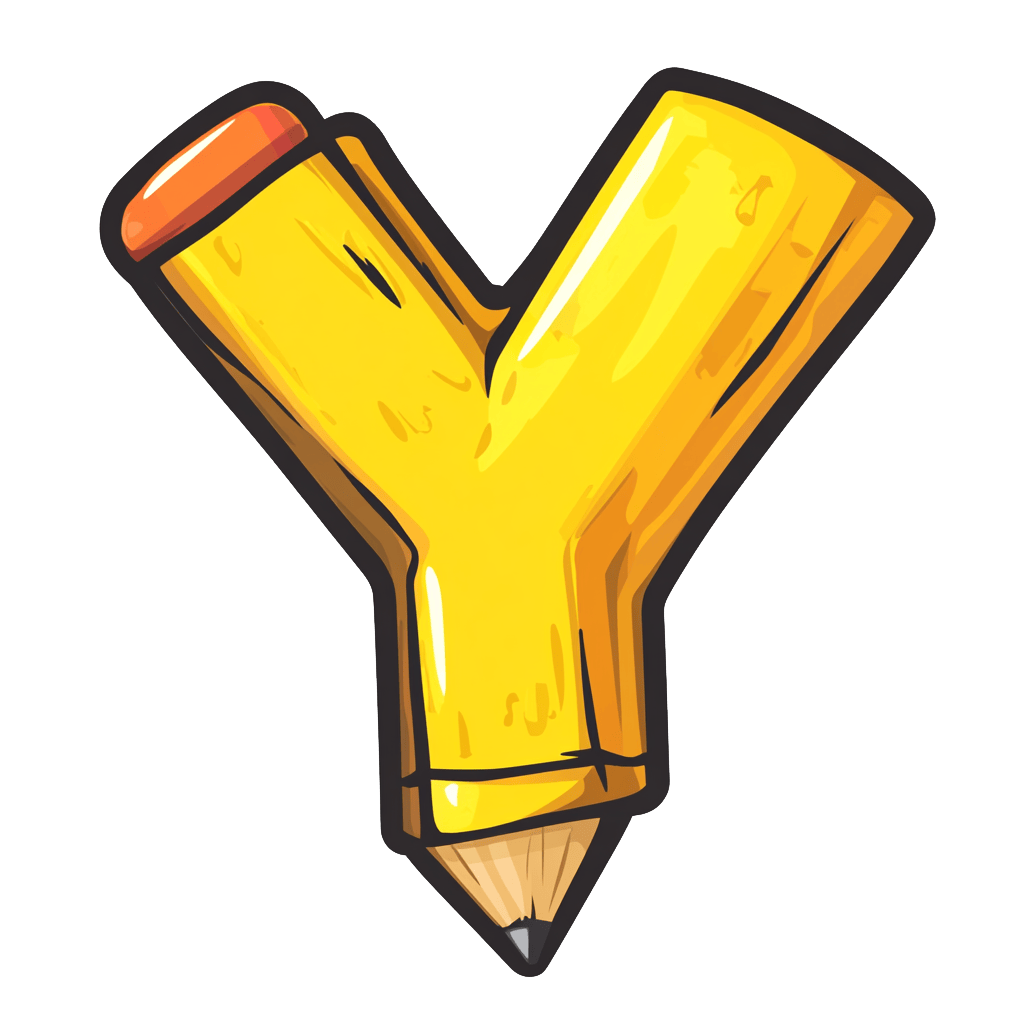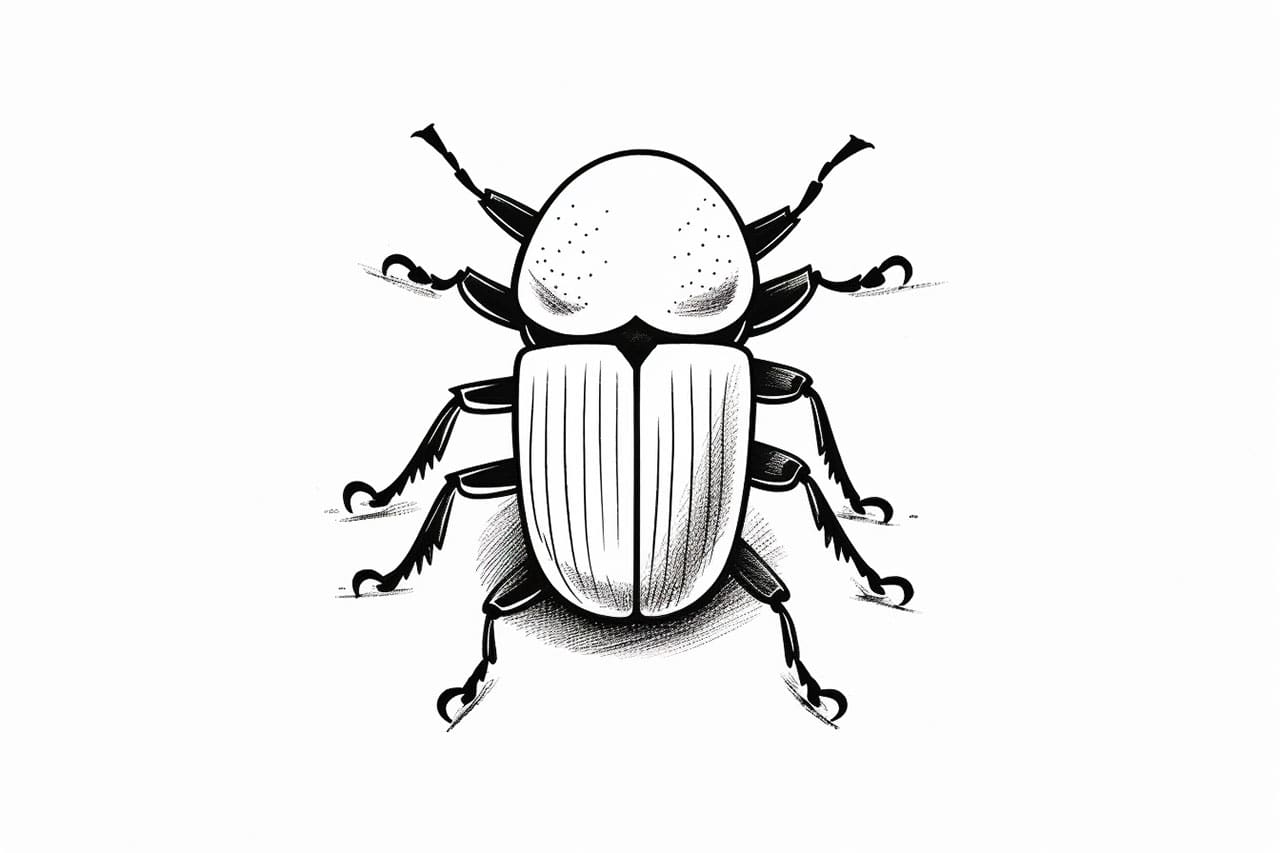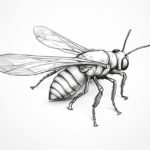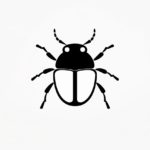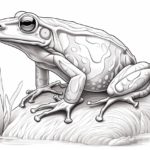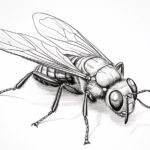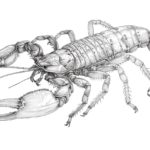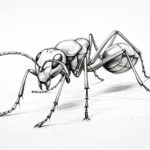Beetles are among the most diverse and visually striking insects on our planet, boasting an incredible variety of shapes, sizes, and patterns. From the shimmering iridescence of jewel beetles to the robust armor of stag beetles, these creatures have inspired artists and naturalists for centuries. Their symmetrical bodies, segmented legs, and intricate wing casings make them a fascinating subject for both scientific illustration and creative artwork. Whether you are captivated by their natural beauty or interested in studying their anatomy up close, learning how to draw a beetle provides a wonderful opportunity to appreciate the details that make these insects so unique.
Many artists are drawn to beetles because of their distinctive features and the challenge they present. Drawing a beetle can help you improve your observation skills, practice rendering textures, and experiment with shading to create a realistic three-dimensional effect. This tutorial on how to draw a beetle is designed for artists of all skill levels, from beginners eager to learn basic shapes and outlines to more experienced artists looking to add complexity and detail to their work. We’ll guide you step by step, making it easy to follow along and gradually build up your drawing, whether your goal is a simple sketch or a detailed naturalist study.
So, gather your favorite drawing tools and get ready to explore the fascinating world of beetle illustration. Remember, every drawing is a chance to learn and refine your skills, so don’t worry if your first attempt isn’t perfect. With a bit of patience and practice, you’ll soon see improvement and develop your own style. Let’s dive in and discover just how enjoyable and rewarding it can be to master how to draw a beetle!
Materials Required
Before we begin, make sure you have the following materials:
- Drawing paper
- Pencil
- Eraser
- Fine-tip markers or pens
- Colored pencils (optional)
- Reference image of a beetle (for inspiration)
Now that you have everything you need, let’s dive into the drawing process!
Step 1: Basic Outline
Start by lightly sketching a basic outline of the beetle’s body using your pencil. Observe the reference image carefully and focus on the overall shape and proportions of the beetle. Draw a small oval or circle for the head, followed by a larger oval for the thorax, and a longer oval for the abdomen. Don’t worry about the details just yet; we’ll add those in later steps.
Step 2: Legs and Antennae
Now it’s time to add the legs and antennae. Beetles have six legs, so draw three pairs of curved lines extending from the thorax. Make them slightly longer than the body. For the antennae, draw two thin and curved lines extending from the head. These lines should be longer than the body and can have small segments.
Step 3: Eyes and Mouthparts
Next, let’s work on the beetle’s facial features. Draw two large, circular eyes on either side of the head. Add some smaller circles inside the eyes to represent the pupils. Below the eyes, draw a small curved line to indicate the beetle’s mouthparts.
Step 4: Body Segments
To create a more realistic look, we need to divide the beetle’s body into segments. Draw several curved lines across the thorax and abdomen, following the natural contours of the body. These lines will represent the exoskeleton segments of the beetle. Make sure the lines are not too dark, as we’ll be refining them later.
Step 5: Shell Patterns
Beetles have striking patterns on their shells, which vary depending on the species. Take a closer look at the reference image and carefully observe the patterns. Using your fine-tip markers or pens, start adding these patterns to the segments you drew earlier. Use short, curved lines, dots, or any other shapes that match the beetle’s pattern. Take your time and be patient with this step, as it requires attention to detail.
Step 6: Refining the Details
Now that the basic structure and patterns are in place, it’s time to refine the details. Use your pencil to darken the outlines of the beetle’s body, legs, and antennae. Add more definition to the segments by making the lines slightly thicker and darker. Pay attention to the curves and contours of the beetle’s body, making sure they flow naturally.
Step 7: Highlights and Shadows
To give your beetle drawing depth and dimension, it’s important to add highlights and shadows. Imagine a light source coming from a specific direction, and use your pencil to shade the areas that would be in shadow. Leave some areas untouched to create highlights. This technique will make your beetle look more three-dimensional.
Step 8: Optional Coloring
If you want to add some color to your beetle drawing, now is the time to do it. Colored pencils work well for this step, as they allow you to layer and blend colors smoothly. Refer back to the reference image to match the colors of your beetle accurately. Start by lightly coloring the body segments, and gradually build up the colors and shading.
Did You Know?: Beetles make up the largest order of animals on Earth, called Coleoptera, with over 350,000 known species—meaning that about one in every four animal species on our planet is a beetle! Their tough outer wing cases, called elytra, are not just for show; they protect the delicate flying wings underneath and often feature spectacular colors and patterns that can help with camouflage or warning predators. Some beetles, like the scarabs of ancient Egypt, were so admired for their beauty and symbolism that they became important cultural icons and works of art themselves. As you draw, notice how the symmetry and structure of a beetle’s body reflect both its strength and adaptability, offering endless inspiration for your own creative interpretations.
Conclusion
Congratulations! You have successfully learned how to draw a beetle from scratch. By following these step-by-step instructions and adding your creative flair, you can create realistic and visually appealing beetle drawings. Remember to practice regularly to improve your skills and experiment with different beetle species to explore their unique characteristics. Happy drawing!
Fun Facts About Beetles
- Beetles are the largest order of insects, with over 400,000 known species worldwide.
- The hard outer wings of beetles, called elytra, protect their delicate flying wings underneath.
- Some beetles, like fireflies, can produce light through a process called bioluminescence.
- Jewel beetles are famous for their iridescent, metallic colors that can reflect light in dazzling ways.
- Stag beetles have large, antler-like jaws used for fighting other males during mating season.
- Dung beetles help recycle nutrients by rolling and burying animal dung, improving soil health.
- Some beetles can survive in extreme environments, from deserts to rainforests and even underwater.
- Ladybugs, a type of beetle, are beneficial to gardens because they eat plant pests like aphids.
- Beetles have been around for about 270 million years, making them one of the oldest insect groups.
Suggestions for Scenes and Settings for Beetle Drawings
- Rainforest Canopy: Show jewel beetles basking in sunlight atop vibrant, dew-covered leaves high in a dense rainforest.
- Beetle Parade: Illustrate a procession of beetles marching in a line, each species carrying unique treasures or leaves, as if part of a grand parade.
- Desert Dwellers: Depict stag beetles and other armored beetles navigating the sandy dunes, with cacti and sun-bleached bones for atmosphere.
- Magnified World: Draw a close-up, scientific illustration of a beetle’s anatomy, focusing on the intricate patterns and textures of its wing casings and legs.
- Garden Guardians: Imagine beetles acting as protectors of a blooming garden, fending off pests or working together to pollinate flowers.
- Fallen Log Habitat: Show a cross-section of a rotting log teeming with beetles of all kinds, busy burrowing, feeding, and interacting with fungi and moss.
- Fantasy Beetle Riders: Picture tiny fairies, elves, or gnomes riding on the backs of giant beetles through an enchanted forest landscape.
- Beetle Metamorphosis: Illustrate the life cycle of a beetle, from egg to larva to pupa and finally to adult, each stage set in its own natural microhabitat.
- Urban Encounter: Depict a beetle crawling across a city sidewalk at night, its iridescent shell catching the glow of neon lights and streetlamps.
